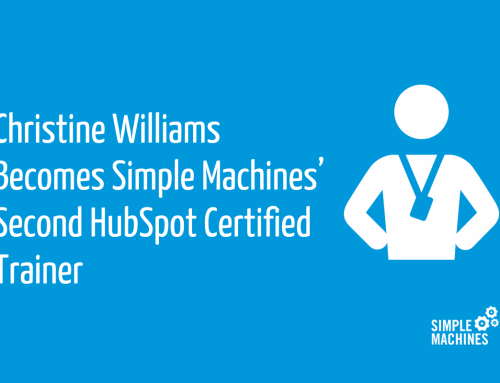I know, I know – coming from a guy who works for a marketing company, that headline sounds like a poor attempt to drum up demand for sales. But the truth is that the inspiration for this post has come from our clients, not from our leads.
Think about this: which marketing channels can you simply “turn on” and expect immediate results? Now, which of those will produce leads that close quickly in the sales process? Well, let’s go through some broad categories:
Inbound Marketing
Inbound marketing can be thought of as a reaction to traditional forms of marketing. Inbound marketing tactics are designed to bring visitors to you by earning their attention, primarily through valuable content like articles, white papers, e-books, etc. By sharing content that is useful and engaging, you’re drawing in potential leads by establishing yourself a knowledgable and reliable business.
Through inbound marketing, you’re able to nurture leads from one stage of the Buyer’s Journey to the next. For example, say you create an email campaign to sell a new service. By using a CRM like HubSpot that allows you to monitor email opening and click through rates, you can slowly nurture a potential client through what kind of targeted content you choose to send them.
Organic Search/Pay Per Click Advertising
The more opportunity that exists, the longer this channel takes. Typical SEO projects can take 3-12 months to get to page one, and that doesn’t include any website updating that may be involved before deciding to test a SEO campaign.
If you’ve never done any kind of SEO, odds are you’ll want to redesign the site first, to be a good platform for search optimization and for conversion – and that can be a 3-6 month project on its own. Search ads can bring quicker results than SEO, but at a much higher upfront cost.
Remember that after creating and optimizing your website, you still need to split test ad copy and landing pages to get your quality score up, and you still need to hire, train, or outsource to cover daily management.
Social Media:
By using social media as a way to engage with your engage and share valuable, unique content, your accounts can be used to create brand awareness and establish thought leadership. Social media and content creation are a great top-of-the-marketing-funnel lead builder, especially for potential clients in the “Awareness” stage of the Buyer’s Journey.
Cold Calling/Telemarketing: While it’s been dead in B2C for years, cold calling remains among the most effective and scalable B2B lead generation channels.
The downside is that it requires a large amount of momentum in order to be successful. It is very difficult for even seasoned telemarketers to land business appointments on the first contacts they make with their prospects; the overwhelming majority of appointments are landed after several strategic contacts following the initial interest.
A mature telemarketing is pipeline is a reliable and projectable source of leads, but the pipeline must first be built and the message to build it must be tested and honed. Even in the unlikely event that you nail the message and script on the first try, you should expect several months before your efforts approach their maximum potential.
Account-Based Marketing:
ABM is a strategy typically used by enterprise level companies that targets specific accounts or types of accounts as individual markets. ABM aligns marketing with sales to concentrate efforts on key accounts. While an ABM strategy may include some tactical overlap with inbound marketing, it also frequently uses more direct and targeted disruptive tactics.
For B2B companies with a niche audience and/or doing enterprise selling, a more targeted approach than inbound is usually needed. By using an account-based marketing approach instead, businesses can tailor and optimize marketing messages to only those audiences that are ideal.
Keep an Eye on The Future
Like nearly everything else in business, marketing requires infrastructure and a lot of attention to keep it running efficiently, but keep an eye forward. Don’t get so caught up in the present that you forget to plan for the future. You wouldn’t want to suddenly find yourself short on supply to sell, but being short on people to buy it is just as big a problem.
Michael Holley
Simple Machines Marketing












